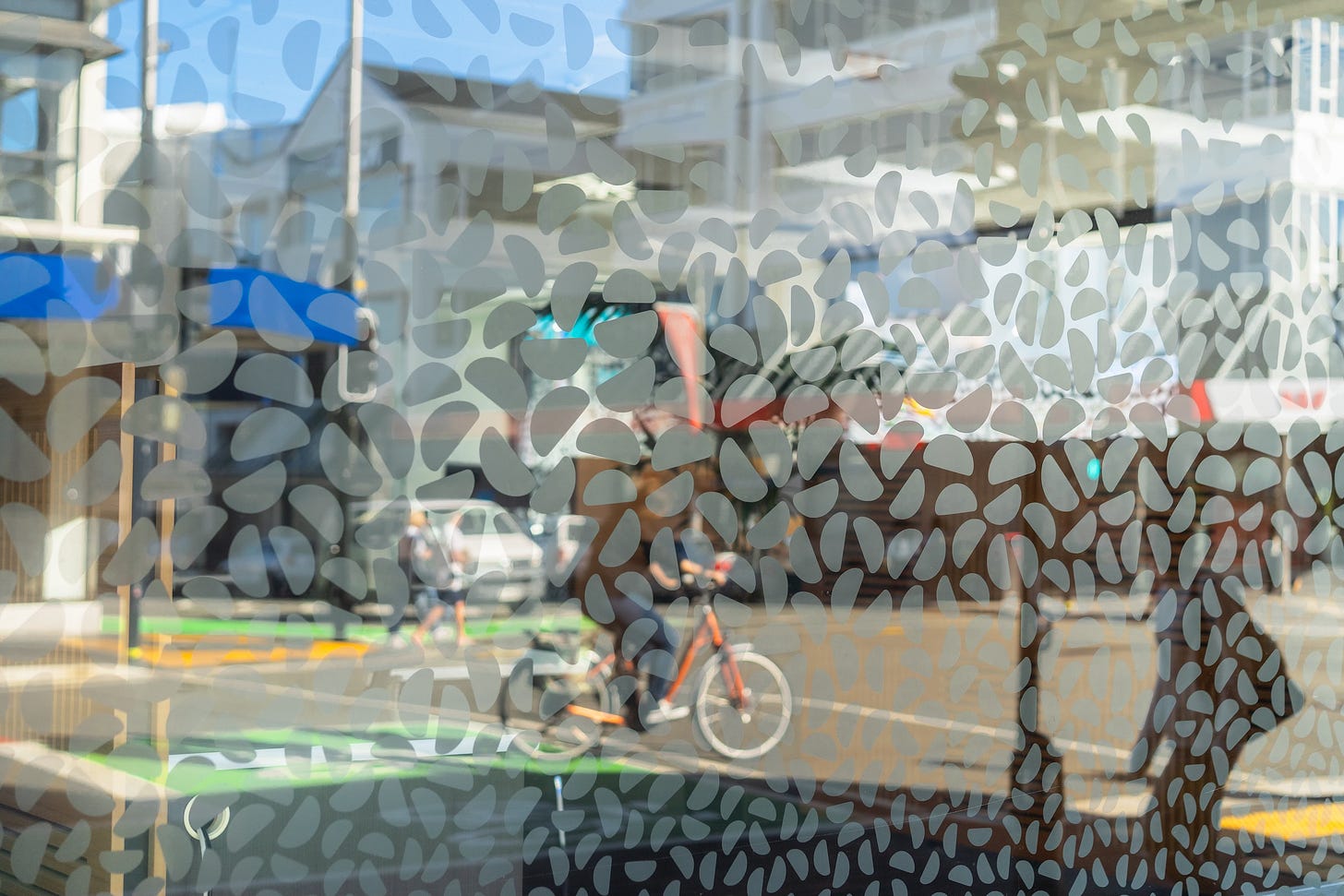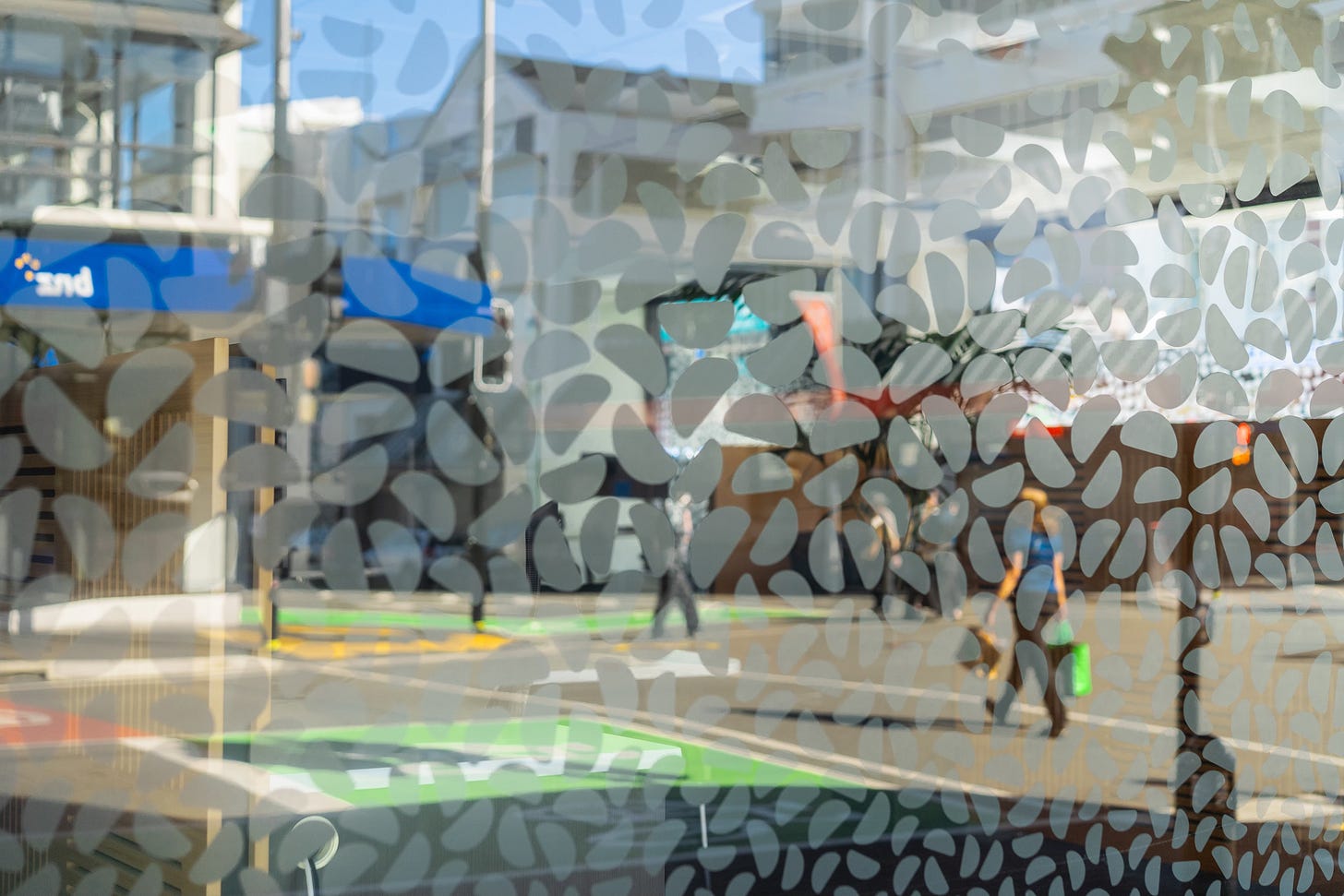Try this experiment. While remaining stationary, focus your eyes on a point near the centre of your field of vision and hold your attention there. Without scanning or looking away from the centre, pay attention to the surrounding area. Soon, your vision and hearing will begin to disperse and extend as far as your senses can reach. You are no longer focused on a specific location or subject, and can become attuned to the ambiance of the environment and its overall sensory qualities.
If we want to explore a more decentred, ambient form of awareness through photography, we can learn from strategies that artists in other media have employed.
Claude Monet (French, 1840–1926) is perhaps the best-known of the Impressionists. His central interest was how light and reflection change during the course of the day and across the seasons, and how they alter colours and forms. During the last three decades of his life, he worked on a series of over 250 expansive and immersive depictions of water lilies at his home and garden in Giverny, northern France. In the 1906 painting titled Water Lilies, he dispenses with the Japanese-inspired bridge and the edges of the pond that provide context in earlier depictions. The sky merges with the surface of the water, creating a fluid, flattened, nearly abstract composition of floating colour and diffused, shimmering light.
Mark Rothco (Latvian American, 1903-1970) is known for an abstract style that encourages an active relationship between the viewer and his paintings. His Colour Field Paintings invite a kind of “soft focus” viewing, where attention diffuses across the canvas, allowing colours to shift subtly. He wanted viewers to be enveloped by his large-scale canvases, and in 1954 he instructed that they be displayed “so that they must be first encountered at close quarters, so that the first experience is to be within the picture.”
4’33” is a musical composition by John Cage (American, 1912 – 1992) that removes hierarchical listening and encourages an openness to all surrounding sounds. As a piece designed for the context of a conventional concert performance, the initial focus is on the pianist (or other performers). However, in the absence of any sound from the piano, the audience becomes aware of the environmental soundscape composed of sounds from within the concert hall, from outside the building, and from their own bodies. Listen to a performance and reactions from the audience.
No discussion of ambient listening would be complete without Brian Eno and his Ambient 1: Music for Airports. This music is meant to be both present and in the background, inviting an expanded, diffused mode of listening, engaging passive and active awareness simultaneously.






What’s next?
Last week, I promised to visit a small town in Central Otago. As I often do, I got sidetracked by more recent photos. We’ll get to small-town New Zealand soon. In the meantime, I’ve been continuing to experiment with reflections, and I might share a few more next week.
What do you think?
I invite you to leave a comment below.




Great images, Mark. By the way, your opening description reminds me of what it's like to practice meditation. Everything diffuses ...that video of the concert pianist was unexpected!
I love these images, Mark.
They remind me so much of Hockey's work - specifically his swimming pool paintings and later digital work.
Hockney who one criticised photography! then experimented with Polaroid montage.
Perhaps it is the reduced colour pallet that makes this beautiful images of yours feel familiar?
https://www.newstatesman.com/culture/art-design/2023/03/david-hockney-fascination-technology